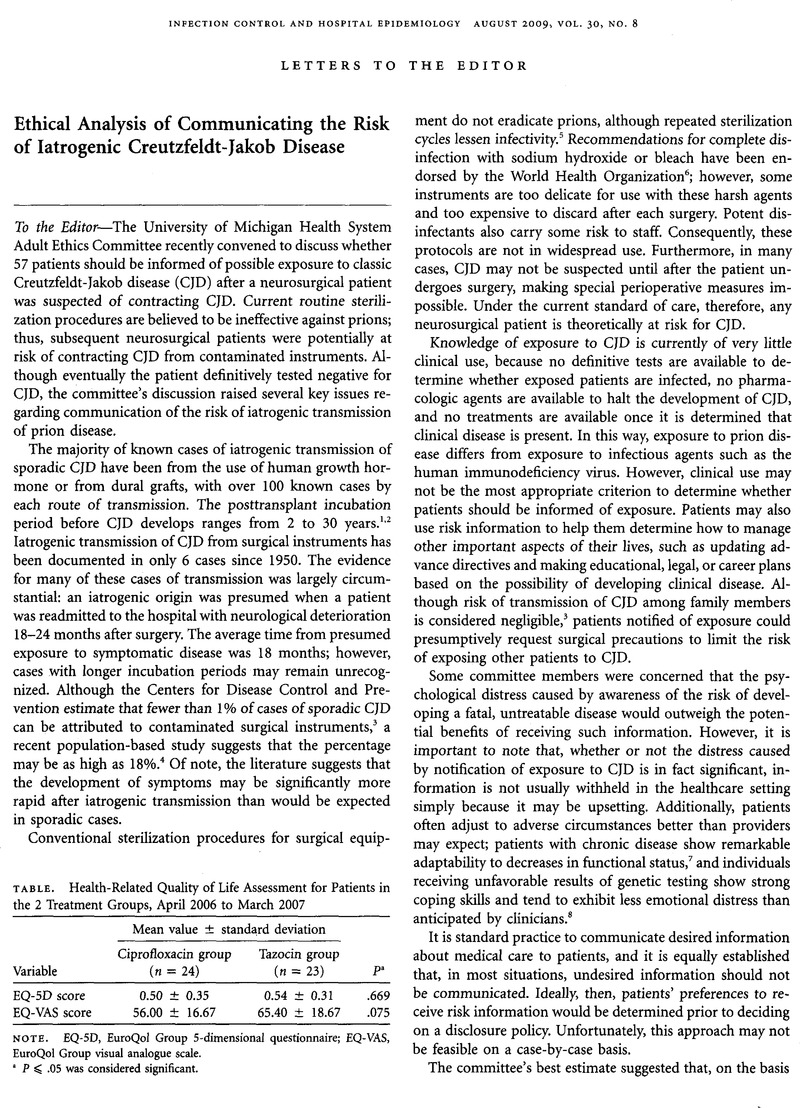Crossref Citations
This article has been cited by the following publications. This list is generated based on data provided by Crossref.
Ryan, Rebecca
Hill, Sophie
Lowe, Dianne
Allen, Kelly
Taylor, Michael
and
Mead, Cathy
2011.
Notification and support for people exposed to the risk of Creutzfeldt-Jakob disease (CJD) (or other prion diseases) through medical treatment (iatrogenically).
Cochrane Database of Systematic Reviews,



